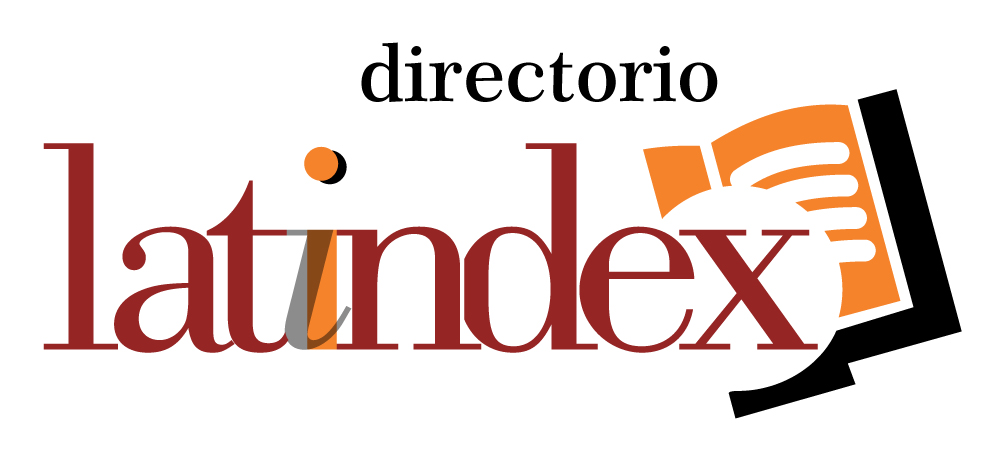Explorando la neofobia alimentaria en ratones: descifrando el comportamiento e implicaciones para la investigación en laboratorio
DOI:
https://doi.org/10.32870/jbf.v3i6.44Keywords:
neophobia, food preference, feeding behavior, animal models, tasteAbstract
Food neophobia refers to avoiding foods to which the subject has not been exposed. This phenomenon influences food preference and intake. Other conditions that directly affect food consumption are inflammatory diseases such as neurological and respiratory illnesses. This study made a comparative analysis of exploratory behavior in BALB/c mice under healthy (intact control) and unhealthy conditions (i.p. lipopolysaccharide administration). Additionally, the investigation aimed to examine mice's inclination towards sweet flavors in both healthy and unhealthy states. Lastly, the study evaluated the preference for sweet and salty flavors alongside standard food in healthy mice by measuring behavioral variables such as distance traveled, average speed and frequency. Behavioral tests were performed on the mice, recorded, and analyzed with specialized software. The data were processed and analyzed, the Kolmogorov-Smirnov test and a Tukey post hoc test were performed. The results suggest that flavor perception plays a critical role in the feeding behavior of mice, particularly sweet taste (p<0.0001). It was found that there are anxiety-like behaviors when exposed for the first time to snacks associated with said flavor. The methodology used and the results obtained are beneficial for evaluating the function of taste in rodents since stimulus-response interactions must be considered in behavioral tests.
Downloads
Published
How to Cite
Issue
Section
License

This work is licensed under a Creative Commons Attribution 4.0 International License.
This is an open-access article distributed under the terms of the Creative Commons Attribution License (CC BY). The use, distribution or reproduction is permitted, provided the original author(s) and the copyright owner(s) are credited and that the original publication in this journal is cited, in accordance with accepted academic practice. No use, distribution or reproduction is permitted which does not comply with these terms.






